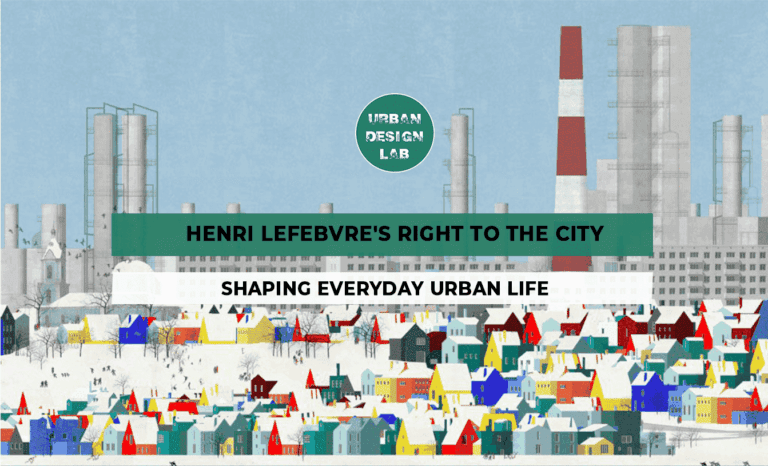
How Mega-Events Leave Lasting Urban Legacies in Global Cities?
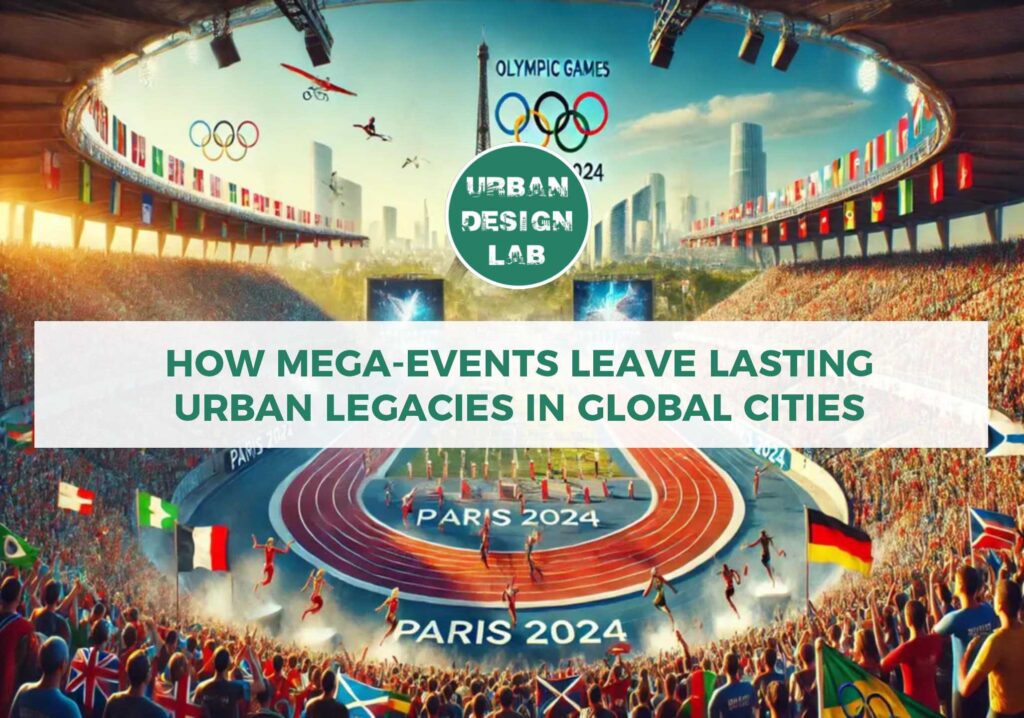
What is the long-term impact of mega-events on cities?
Mega-events like the Olympics, Expos, and World Cups can catalyze urban transformation by upgrading infrastructure, enhancing global branding, and driving policy innovation. But their legacies vary: while cities like London and Barcelona used these moments to regenerate districts and improve mobility, others like Athens and Rio faced financial strain and abandoned facilities. This article analyzes the tangible and intangible legacies of mega-events—exploring how strategic planning, inclusive design, and governance determine whether cities benefit long-term or struggle with post-event challenges.
How Do Mega-Events Transform Urban Infrastructure?
Mega events—such as the Olympic Games, World Expositions, FIFA World Cups, and international cultural mega-festivals—are often celebrated for their spectacle, scale, and symbolic power. These events command the global stage, drawing millions of visitors and intense media attention while showcasing the host city’s ambitions, culture, and capabilities. But beyond the fleeting excitement lies a deeper, more enduring question: what is left behind when the celebratory crowd disperses?
This article explores how these events can leave a lasting urban legacy that continues to shape cities well beyond the closing ceremony. On the one hand, physical legacies like stadiums, parks, transport systems, and entire districts can transform the built environment, sometimes catalyzing urban regeneration. On the other, intangible impacts—such as shifts in civic identity, policy innovation, or a new global reputation—can alter how cities see themselves and are seen by the world.
While some cities leverage these events to advance visionary planning and long-term development, others struggle with abandoned infrastructure and missed opportunities. As design professionals increasingly consider legacy from the outset, understanding the dual nature of event-driven urban change is crucial, because what remains may matter more than what was celebrated.

What Happens to Mega-Event Architecture After the Event?
One of the most enduring legacies of mega events lies in the infrastructure upgrades they catalyze. In preparing to host millions of visitors on tight schedules, cities are often pushed to accelerate long-delayed investments in transit, mobility, and technology.
The London 2012 Olympics offer a compelling example. The Games were strategically used to regenerate East London, a post-industrial area long in decline. Key to this transformation was the expansion of transport links, including upgrades to the Docklands Light Railway, and the creation of the Overground network. These developments not only served Olympic venues but have since connected underserved neighborhoods to the wider city, spurring housing and job growth.
Similarly, the 2010 Shanghai World Expo provided an opportunity to rethink urban land use on a massive scale. The event spurred the cleanup and redevelopment of the Huangpu River’s banks, turning former industrial zones into vibrant public spaces, cultural venues, and commercial districts.
While the urgency of event timelines can sometimes lead to shortcuts—prioritizing speed over sustainability or inclusivity—successful infrastructure born of temporary necessity can become a lasting gift to urban life, benefiting residents long after the final guest has departed.

Source: Website Link
What Happens to Mega-Event Architecture After the Event?
Large-scale events are fertile ground for ambitious architecture. Designed to impress a global audience, structures such as stadiums, athlete villages, and national pavilions often showcase cutting-edge aesthetics and engineering. But once the event concludes, a critical question arises: what happens next?
Thoughtful design can transform these temporary icons into enduring parts of the urban landscape. The 1992 Barcelona Olympics, for example, focused investment on the city’s neglected waterfront. Planners created sports venues that were later repurposed as community spaces, sparking broader urban regeneration.
World Expos similarly produce a wide range of architectural heritage through the national pavilions. At Expo 2010 in Shanghai, China’s national pavilion—dubbed the “Crown of the East”—was preserved and transformed into the China Art Museum. Its monumental red form remains a cultural landmark and symbol of national pride.
At the core of these legacies is design foresight—creating buildings that tell a story during the event but are flexible and functional enough to remain relevant long after. When successful, these structures don’t merely survive; they evolve, continuing to serve the city in new and meaningful ways.

How Do Mega-Events Influence a City’s Global Identity?
Beyond the physical footprint, large-scale events leave behind a more elusive but equally powerful legacy: identity. These events offer cities a rare chance to redefine their global image, express cultural values, and cultivate local pride. In a media-saturated world, the way a city presents itself during a major event can shape international perceptions—and self-perceptions—for generations.
Tokyo’s 1964 Olympics stands as a pivotal example. They marked Japan’s reemergence on the global stage after World War II, symbolizing its transformation into a modern, peaceful, and technologically advanced nation. The sleek design of venues, the debut of the Shinkansen bullet train, and a meticulously choreographed opening ceremony all projected a narrative of rebirth, modernization, and optimism. For Tokyo, this wasn’t just a sporting event—it was a national statement.
Cities craft their narratives through architectural symbolism, curated cultural programs, and media messaging. Whether successful or contested, these narratives linger. They influence tourism, investment, and civic identity long after the event banners are taken down. In this way, the soft legacy becomes a powerful tool in shaping how a city sees itself—and how the world sees it.
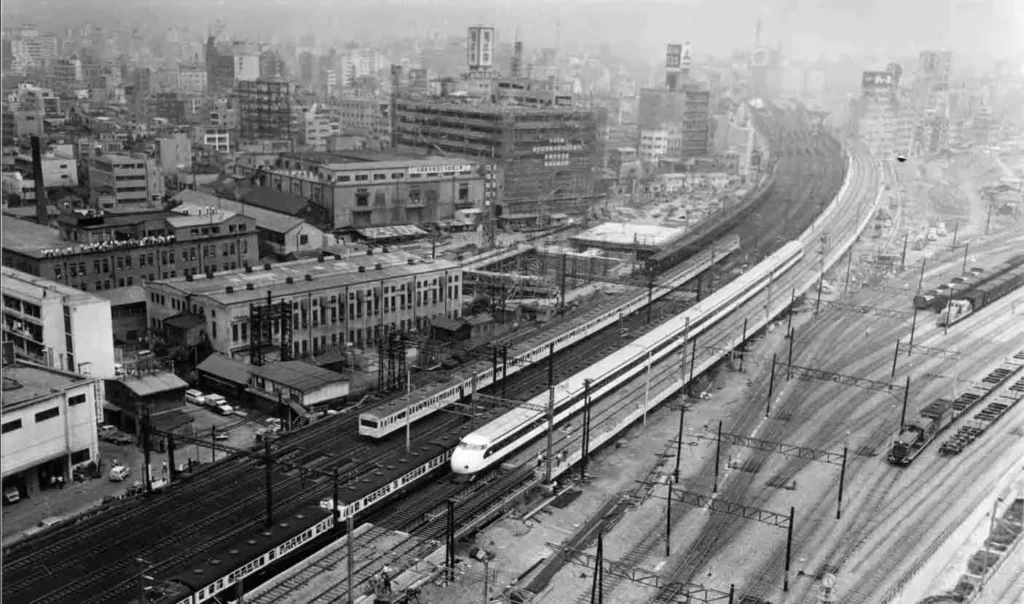
What Is the Digital Legacy of Mega-Events in Smart Cities?
As mega-events evolve in the digital age, their influence extends beyond physical infrastructure into the realm of technology and data, creating what is increasingly referred to as a digital legacy. Host cities now integrate advanced digital systems not only to manage logistics and enhance visitor experiences during the event, but also to catalyze long-term innovation in urban governance, services, and planning.
The Tokyo 2020 Olympics, despite facing pandemic-related constraints, exemplified this shift. The event featured facial recognition technology for security, multilingual mobile apps for navigation and information, and autonomous transportation systems that previewed future mobility solutions. Robots were deployed for tasks ranging from logistics to visitor assistance—technologies that continue to inform service design in public spaces across Tokyo today. These investments were not just temporary upgrades, but part of a broader smart city agenda aimed at enhancing efficiency, accessibility, and sustainability.
Crucially, a well-planned digital legacy should emphasize inclusivity, cybersecurity, and adaptability. When aligned with a city’s strategic vision, technological investments made for mega-events can serve as catalysts for digital transformation, helping cities become more resilient, connected, and responsive. In this way, the digital legacy complements physical infrastructure—offering a future-oriented dimension to event-driven urban change.

Do Mega-Events Lead to Urban Revitalization or Social Displacement?
Large-scale events often serve as powerful catalysts for urban redevelopment, especially in underused or neglected districts. With global attention and funding at stake, host cities are compelled to transform aging infrastructure and unlock new land for development. While this can yield significant public benefits—such as green space renewal, transport connectivity, and upgraded housing—it can also fuel gentrification and social displacement if not managed inclusively.
Barcelona’s transformation for the 1992 Olympic Games stands as both a celebrated and cautionary example. The Games spurred a bold regeneration effort and reshaped Barcelona’s global image and vastly improved quality of life for many residents. However, the regeneration also initiated rising property values. Over time, concerns grew about the displacement of working-class communities and the growing influence of tourism-driven urban planning.
This tension between revitalization and exclusion underscores the importance of inclusive urban design. Successful legacy planning must involve local communities, safeguard affordable housing, and ensure that improvements benefit all residents—not just developers or tourists. Only when inclusive principles are embedded from the beginning, event driven regeneration becomes a force for equity as well as renewal.
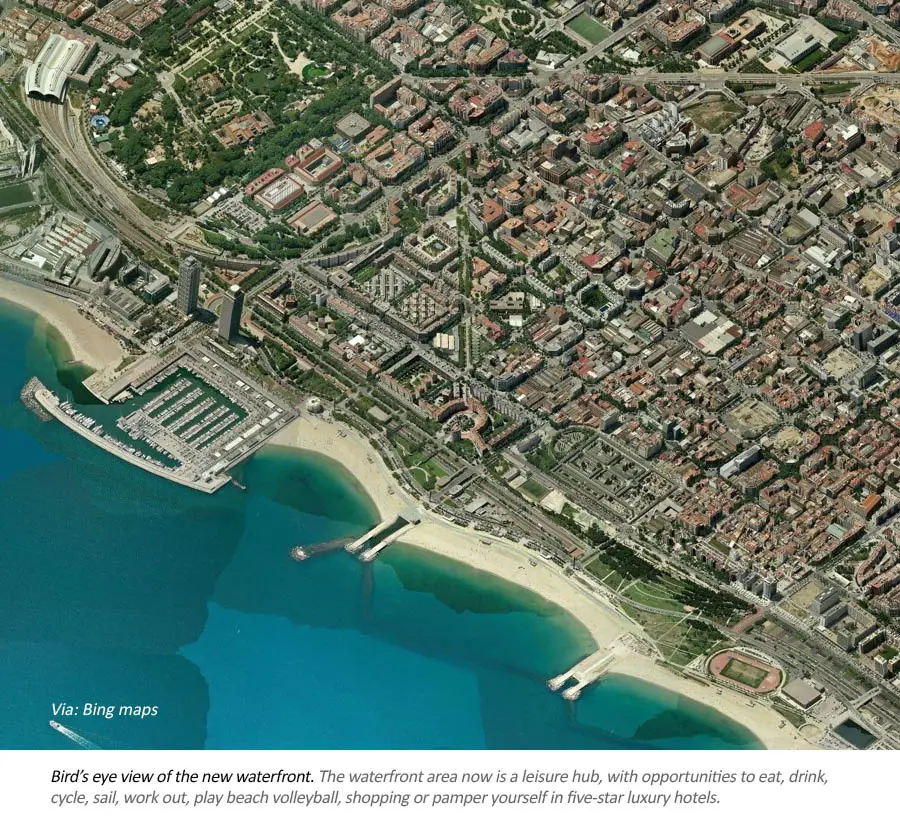
Are Mega-Events Sustainable for Long-Term Urban Planning?
Large-scale events are often promoted as engines of economic development—boosting tourism, creating jobs, and attracting international investment. However, the financial reality is frequently more complex. While some cities successfully leverage these events to catalyze sustainable growth, others are left with ballooning costs, underused infrastructure, and long-term debt.
The 2004 Athens Olympics are frequently cited as a cautionary tale of overinvestment and post-event neglect. Greece spent over €9 billion on the Games, constructing numerous state-of-the-art venues—many of which were later underutilized or abandoned. With limited long-term economic return, the financial burden contributed to Greece’s broader economic difficulties in the years that followed, drawing criticism for the lack of sustainable infrastructure and post-Olympic planning.
At the heart of the problem was a failure to align investment with broader urban and economic strategies. Temporary prestige was prioritized over sustainable planning, and short-term gains were pursued at the expense of long-term value. To avoid similar outcomes, cities must treat mega-events not as isolated spectacles but as strategic opportunities. Sustainable planning, legacy-focused design, and transparent governance are essential to ensuring these events leave behind a positive, lasting impact rather than a costly, abandoned footprint.
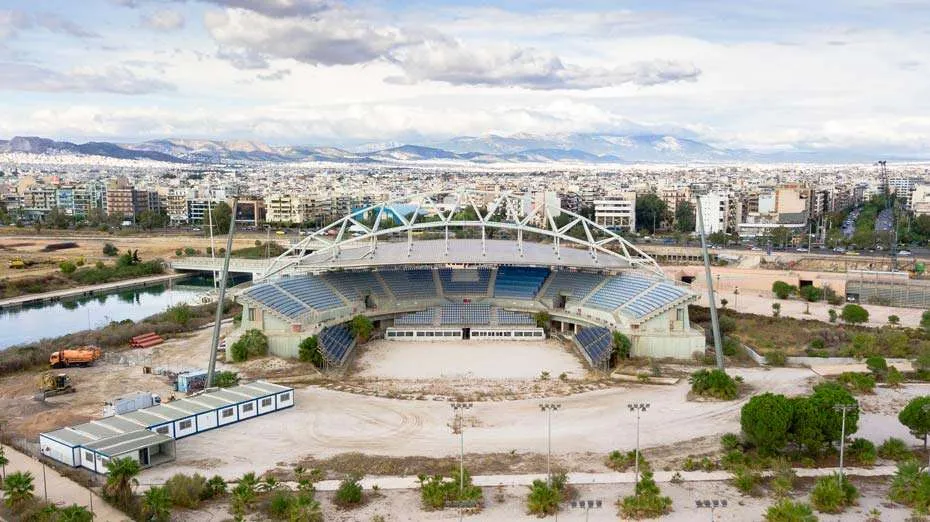
How Can Cities Plan for the Afterlife of Mega-Event Infrastructure?
Creating a meaningful legacy from large-scale events begins not after the closing ceremony, but from the very first design brief. By embedding legacy planning into the event lifecycle, cities not only ensure efficient use of resources but also expand the event’s value. This reduces the risk of “white elephants” and helps facilities transition into everyday urban functions such as schools, community centers, or sports hubs.
Expo 2020 Dubai is a prime example of this forward-thinking strategy. From the outset, planners envisioned a second life for the site, designing a smart city framework with modular, energy-efficient architecture ready to be repurposed as offices, residences, and cultural institutions. This deliberate planning ensured the vast Expo grounds would not become a ghost town, and evolve into a vibrant, functional district supporting Dubai’s innovation-driven economy.
Planning for the post-event phase of a large-scale event is crucial to ensuring its long-term value and integration into urban life. Designers must prioritize flexibility and multi-functionality, planners must align short-term spectacle with long-term needs, and communities must have a voice in shaping how their city evolves. When all three work in harmony, the afterlife of an event can be as inspiring as the event itself.
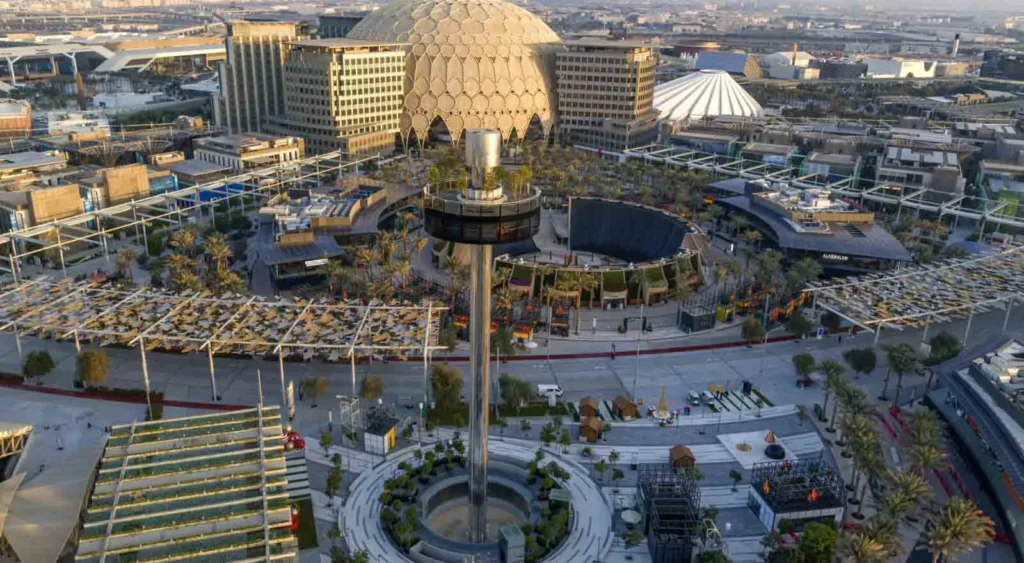
What Role Does Governance Play in the Long-Term Success of Mega-Events?
The long-term success of mega-events depends not only on visionary design and infrastructure but also on the strength of the governance frameworks that guide them. Transparent decision-making, inclusive stakeholder engagement, and strong accountability mechanisms are essential to ensure that the benefits of these large-scale events are equitably distributed and aligned with local priorities. Without robust governance, mega-events risk becoming tools for top-down development that marginalize communities, inflate costs, and lead to wasteful outcomes.
The 2016 Rio de Janeiro Olympics, for example, were plagued by allegations of corruption, cost overruns, and a lack of meaningful public consultation, ultimately leaving behind a mix of underused facilities and social resentment. In contrast, the London 2012 Olympics demonstrated how transparent governance and early community engagement could deliver a more inclusive legacy.
True accountability involves more than auditing financial records—it requires empowering citizens to participate in planning processes, monitoring outcomes, and shaping how their city evolves. By embedding participatory practices and institutional transparency into the event planning, cities can foster greater trust, resilience, and civic pride. Ultimately, effective governance is the connective tissue between ambition and reality. It transforms mega-events from fleeting spectacles into enduring opportunities for inclusive, democratic, and sustainable urban development.

What Is the Long-Term Impact of Mega-Events on Cities?
Mega-events offer cities a rare opportunity to fast-track transformation, enhance infrastructure, and project a powerful global image. These events often serve as milestones in a city’s development, bringing unprecedented global attention, investment, and momentum for change. However, their true success lies not in the momentary celebration but in the legacy they leave behind. As seen in cities like Barcelona, London, and Dubai, the long-term impact of these events depends on how well they are integrated into broader urban strategies. Cities that prioritize thoughtful planning, inclusive governance, and sustainable design often emerge stronger, with revitalized districts, and elevated global standing. On the other hand, poor planning, lack of transparency, and disregard for social equity can result in abandoned infrastructure, financial strain, and public backlash. The key to unlocking the potential of mega-events lies in designing for life after the closing ceremony—prioritizing flexible infrastructure, ensuring community participation, and aligning event goals with long-term urban needs. When managed strategically and equitably, mega-events can serve as powerful tools for inclusive growth, innovation, and resilience. Rather than being remembered solely for a moment in time, they can shape cities for generations to come—leaving behind legacies that are functional, meaningful, and widely shared.
References
- Lee Ludvigsen, J. A., Rookwood, J., & Parnell, D. (2022). The sport mega-events of the 2020s: governance, impacts and controversies. Sport in Society, 25(4), 705-711
- Mirzayeva, G., Turkay, O., Akbulaev, N., & Ahmadov, F. (2020). The impact of mega-events on urban sustainable development. Mirzayeva, G., Turkay, O., Akbulaev, N., & Ahmadov, F.(2020). The impact of mega-events on urban sustainable development. Entrepreneurship and Sustainability Issues, 7(3), 1653.
- .https://www.burohappold.com/articles/the-legacy-of-the-london-2012-olympic-games/
- https://www.uoc.edu/en/news/2022/180-thirty-years-1992-olympic-games-Barcelona
- https://medium.com/@thecoolist/10-architectural-wonders-of-expo-2010-shanghai-268e28dce159
- https://ilgiornaledellarchitettura.com/2020/01/29/shanghai-dallexpo-2010-allexpo-cultural-park/
- https://www.theguardian.com/sport/2021/jul/17/legacy-of-1964-how-the-first-tokyo-olympics-changed-japan-for-ever
- https://www.euronews.com/2014/08/07/athens-olympics-2004-ten-years-on-many-venues-remain-unused
- https://boardroom.global/the-legacies-of-expo-2020-dubai/

Wu Zengzhen
About the author
Wu Zengzhen is a multidisciplinary designer and cultural advocate specializing in architecture, digital illustration, and heritage innovation. Holding a Master’s in Environment and Heritage Design from Kyushu University and advanced studies in Temporary Uses at Politecnico di Milano, she integrates traditional aesthetics with contemporary technologies. As the founder of Hua Xiao Zhu Art Design Studio, Zengzhen explores digital art and promotes Miao intangible cultural heritage through innovative design. Her experience in ecological planning and both rural and urban development enriches her perspective, enabling her to craft culturally meaningful and sustainable solutions in both urban and artistic contexts.
Related articles


Model Making Techniques for Urban Design and Landscape
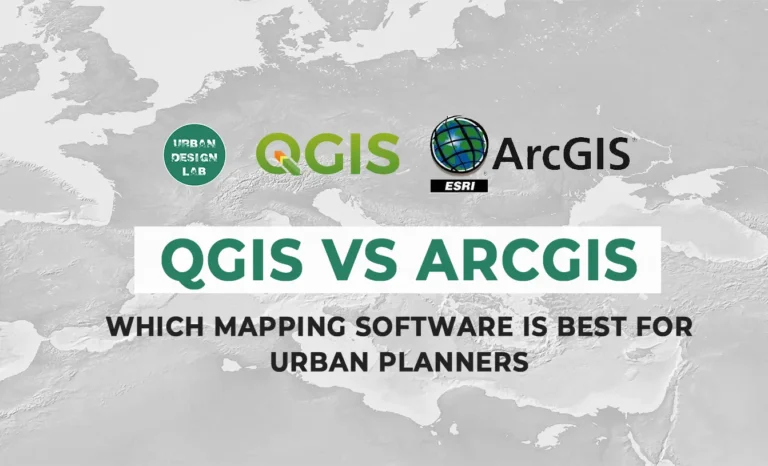
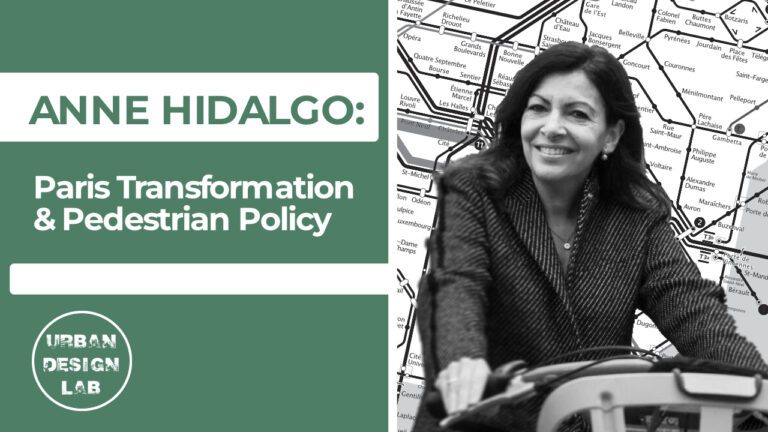
Anne Hidalgo – aris Transformation & Pedestrian Policy
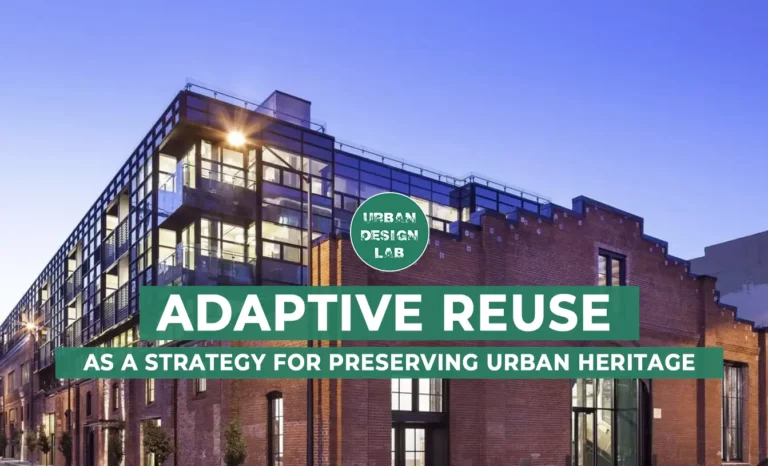
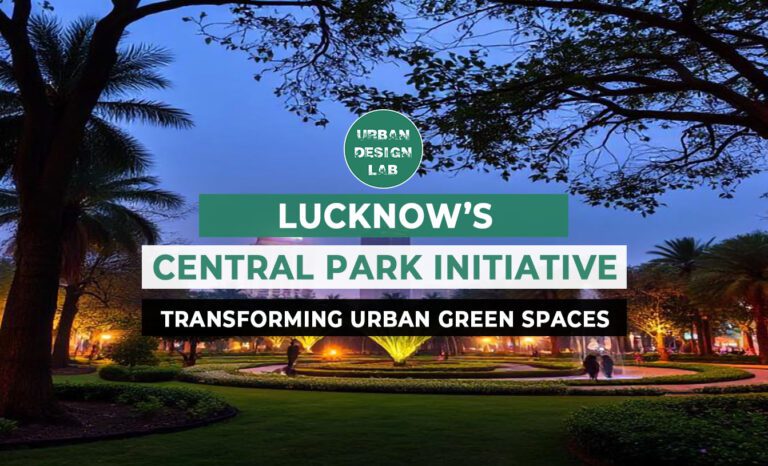
UDL Illustrator
Masterclass
Visualising Urban and Architecture Diagrams
Session Dates
17th-18th January 2026

Urban Design Lab
Be the part of our Network
Stay updated on workshops, design tools, and calls for collaboration
Curating the best graduate thesis project globally!

Free E-Book
From thesis to Portfolio
A Guide to Convert Academic Work into a Professional Portfolio”
Recent Posts
- Article Posted:
- Article Posted:
- Article Posted:
- Article Posted:
- Article Posted:
- Article Posted:
- Article Posted:
- Article Posted:
- Article Posted:
- Article Posted:
- Article Posted:
Sign up for our Newsletter
“Let’s explore the new avenues of Urban environment together “


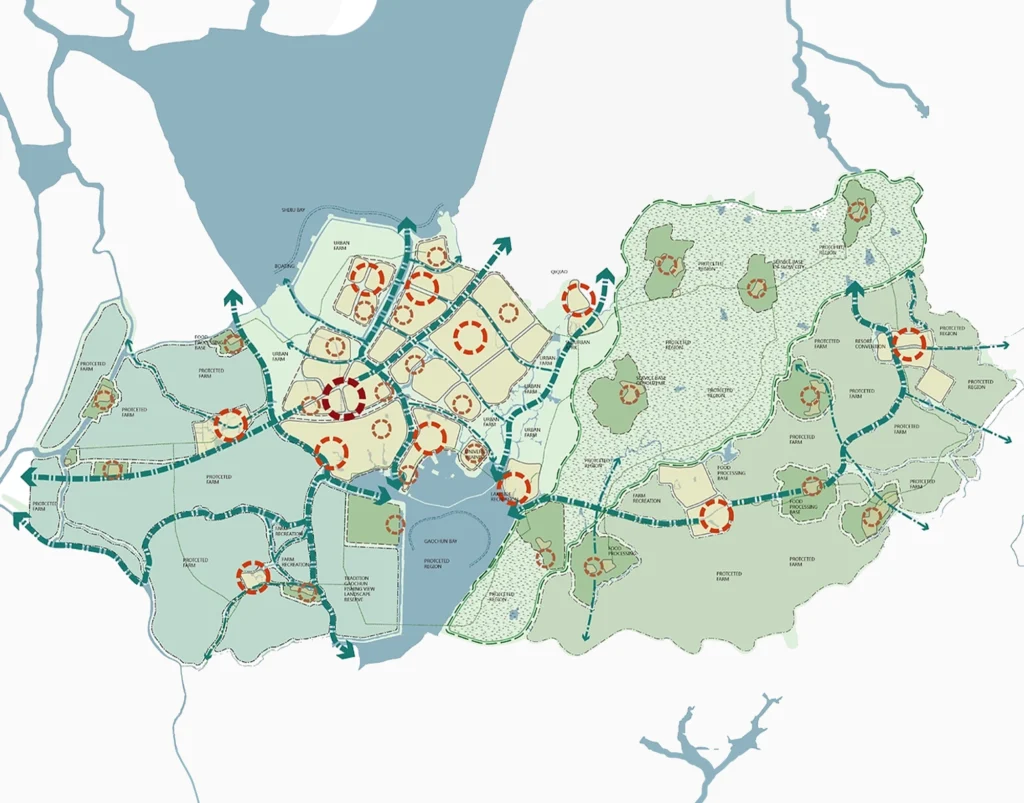
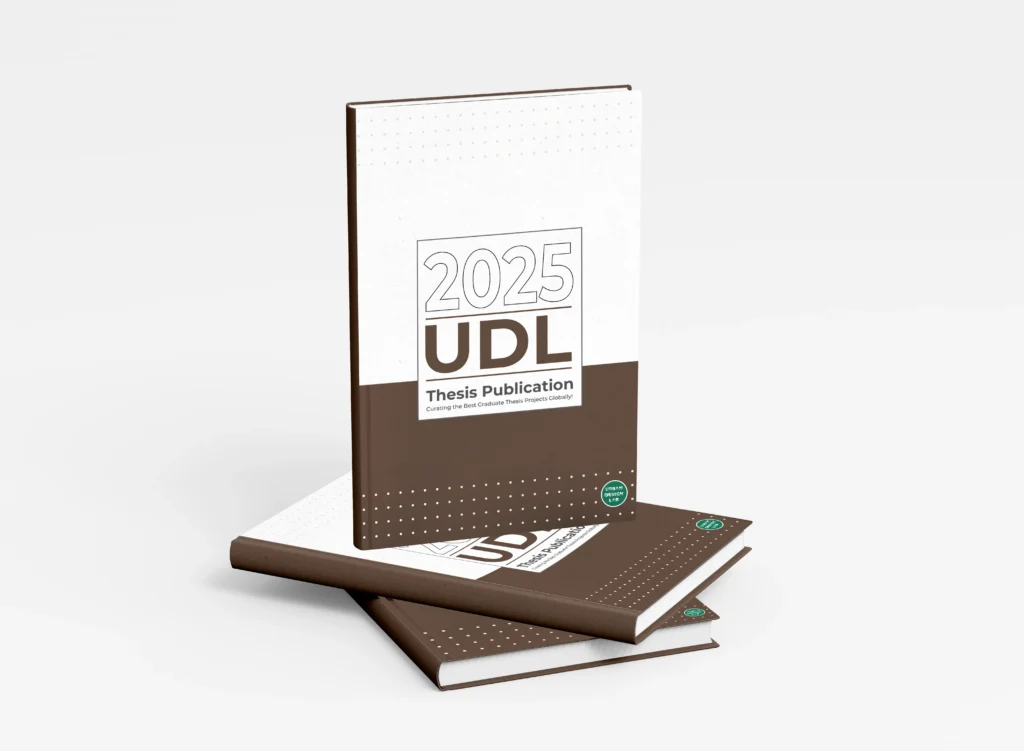












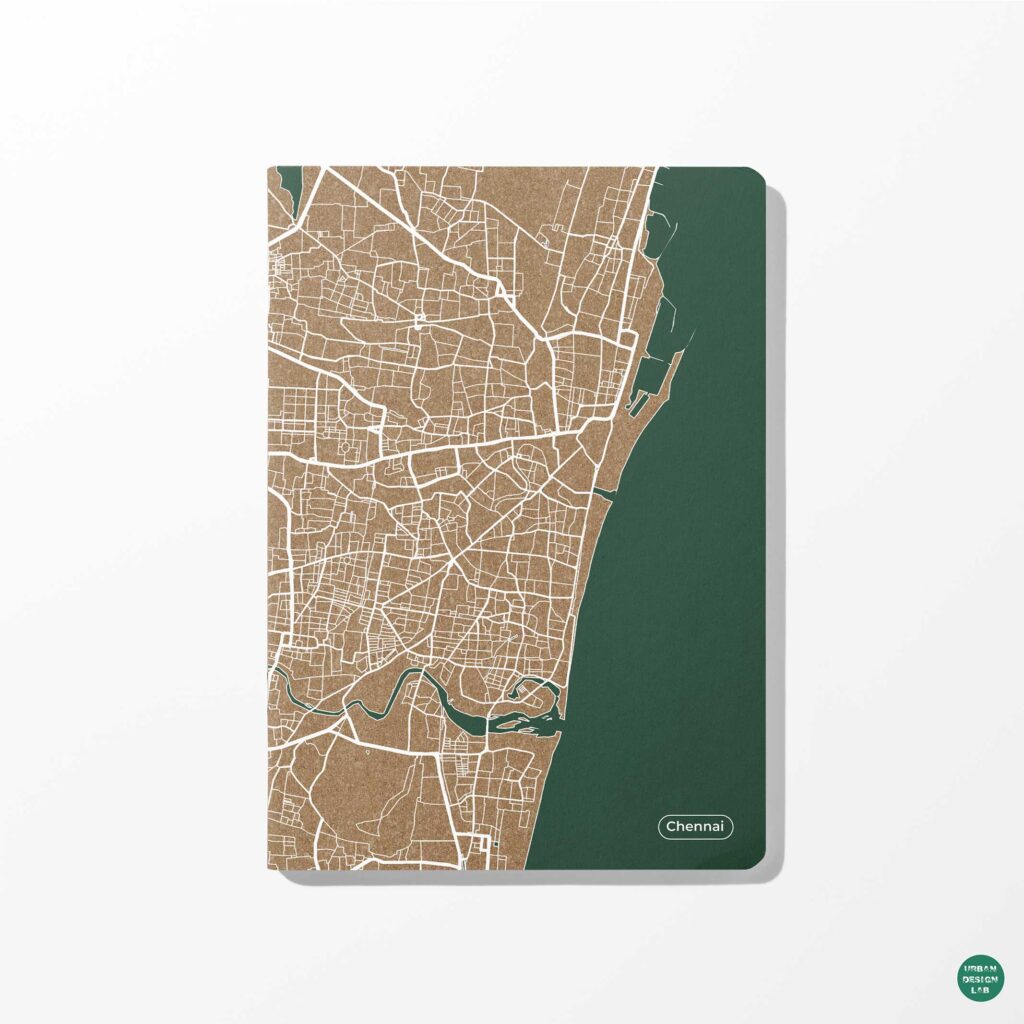
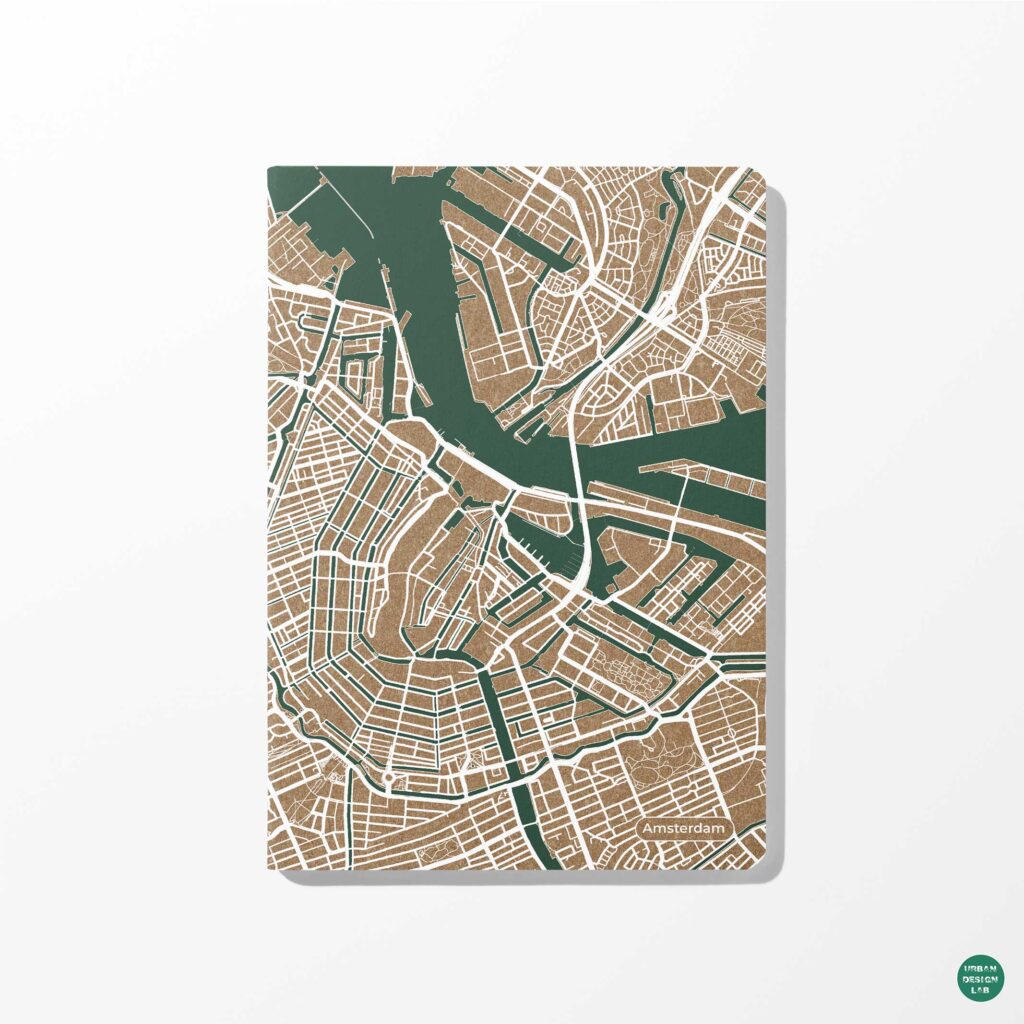




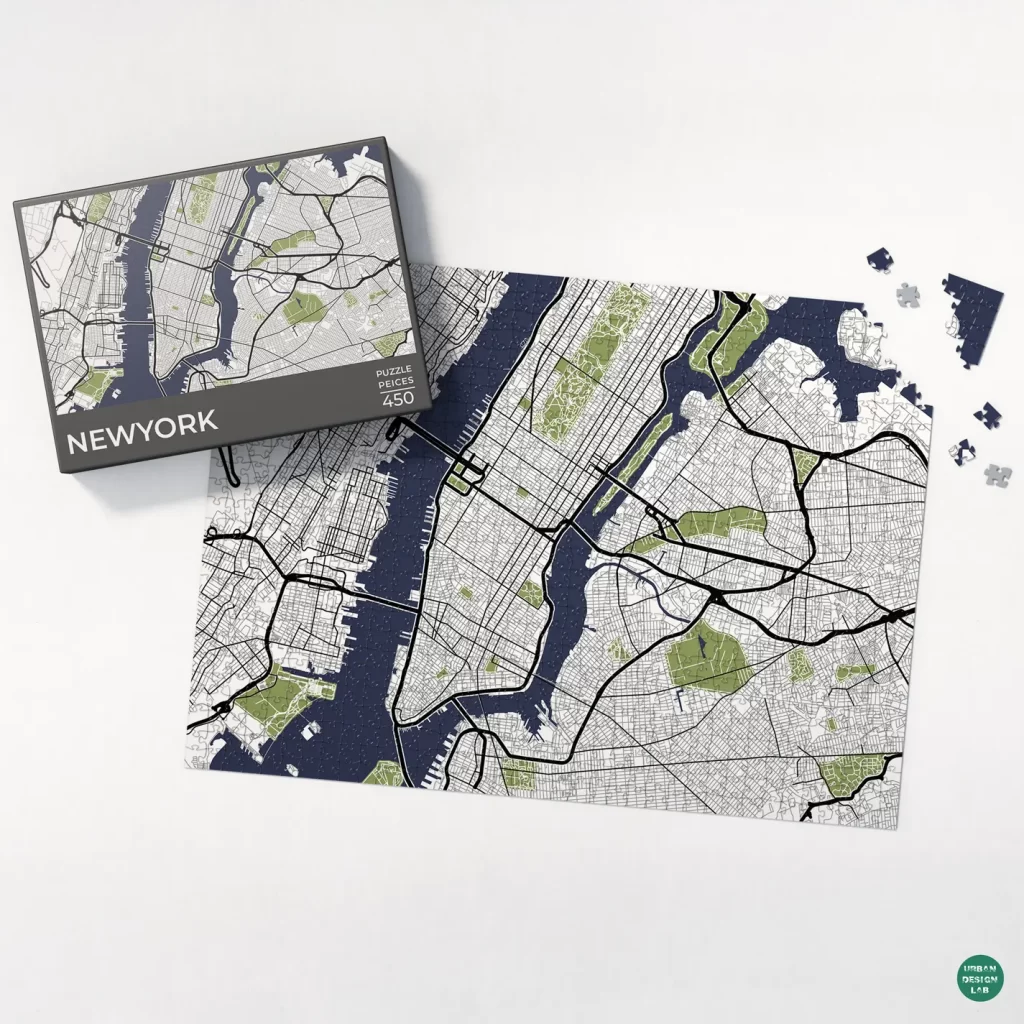



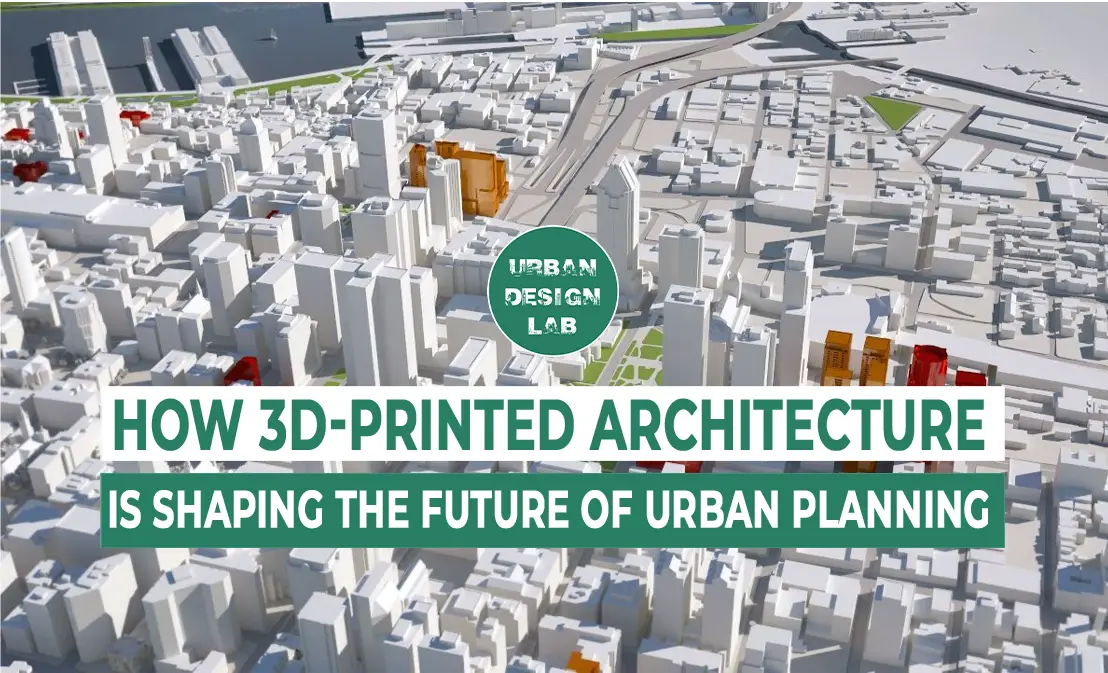
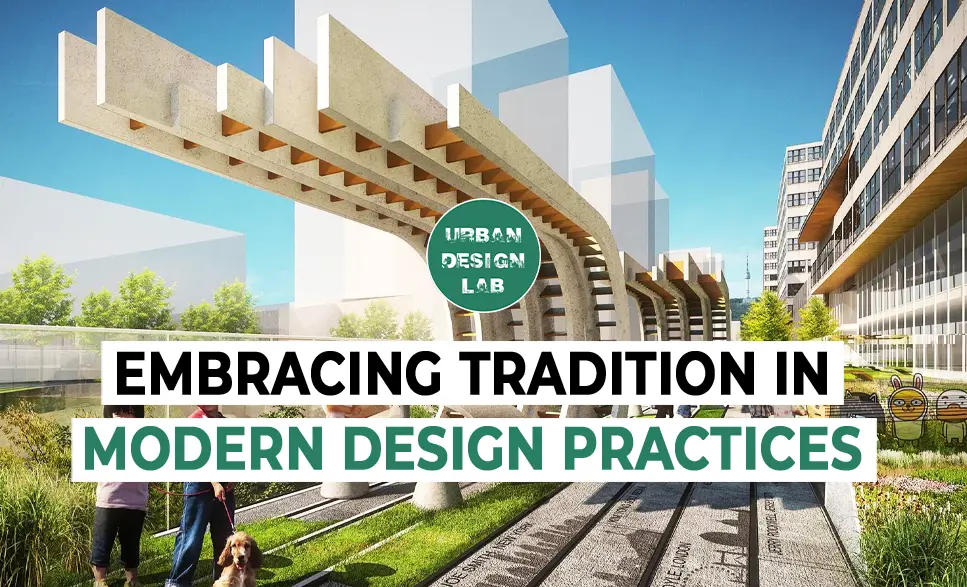
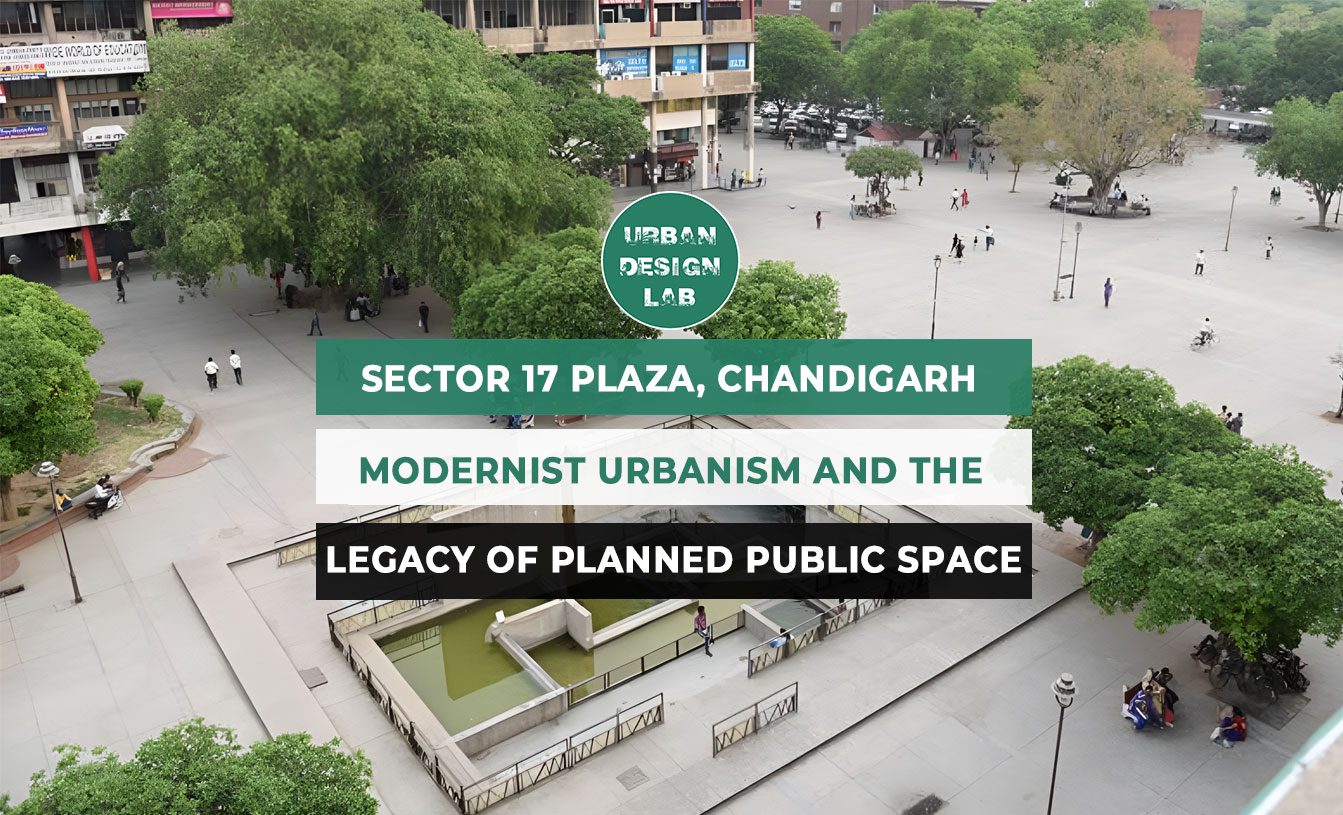
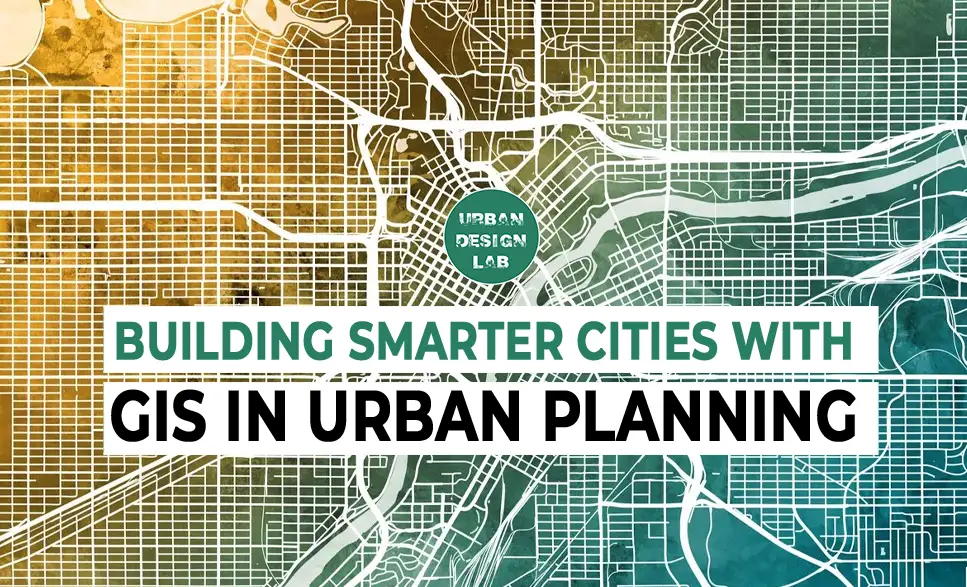

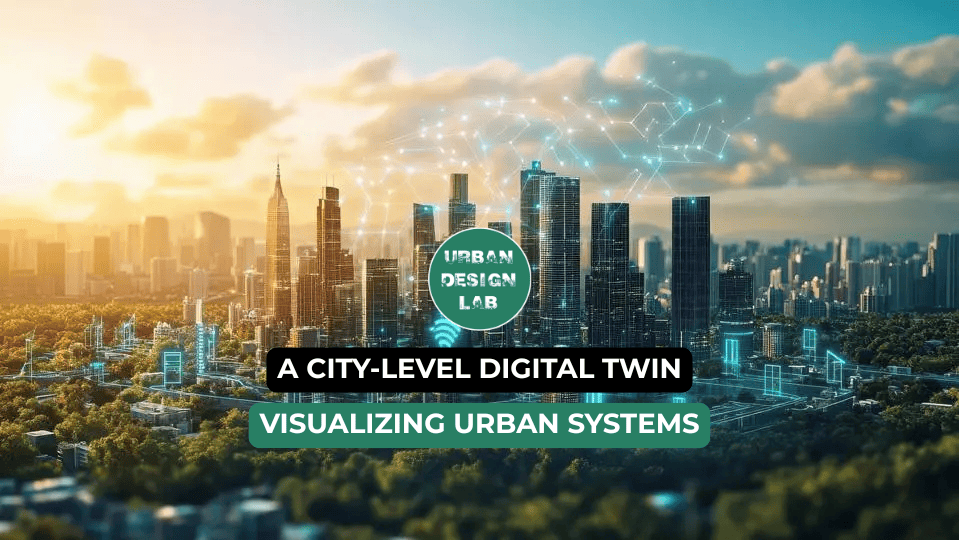


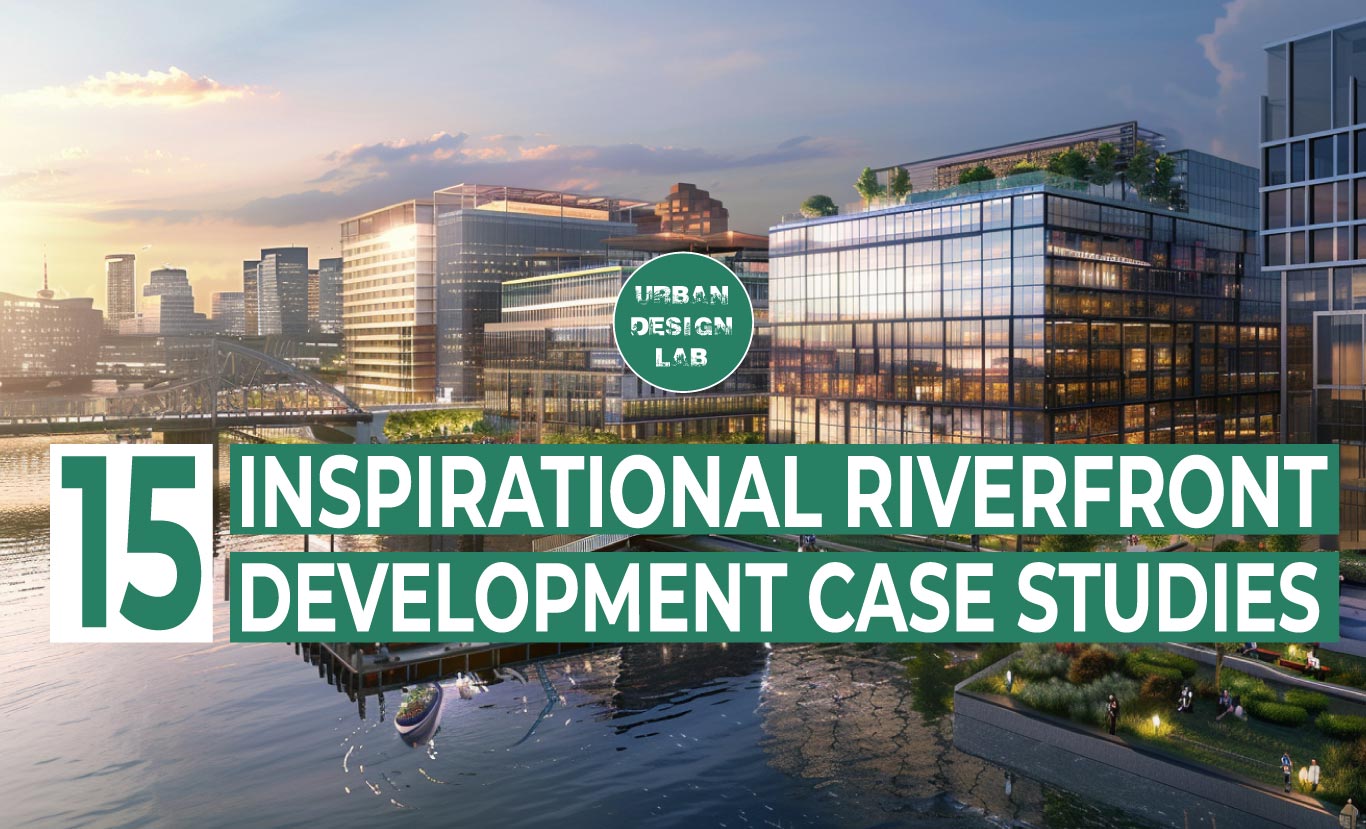
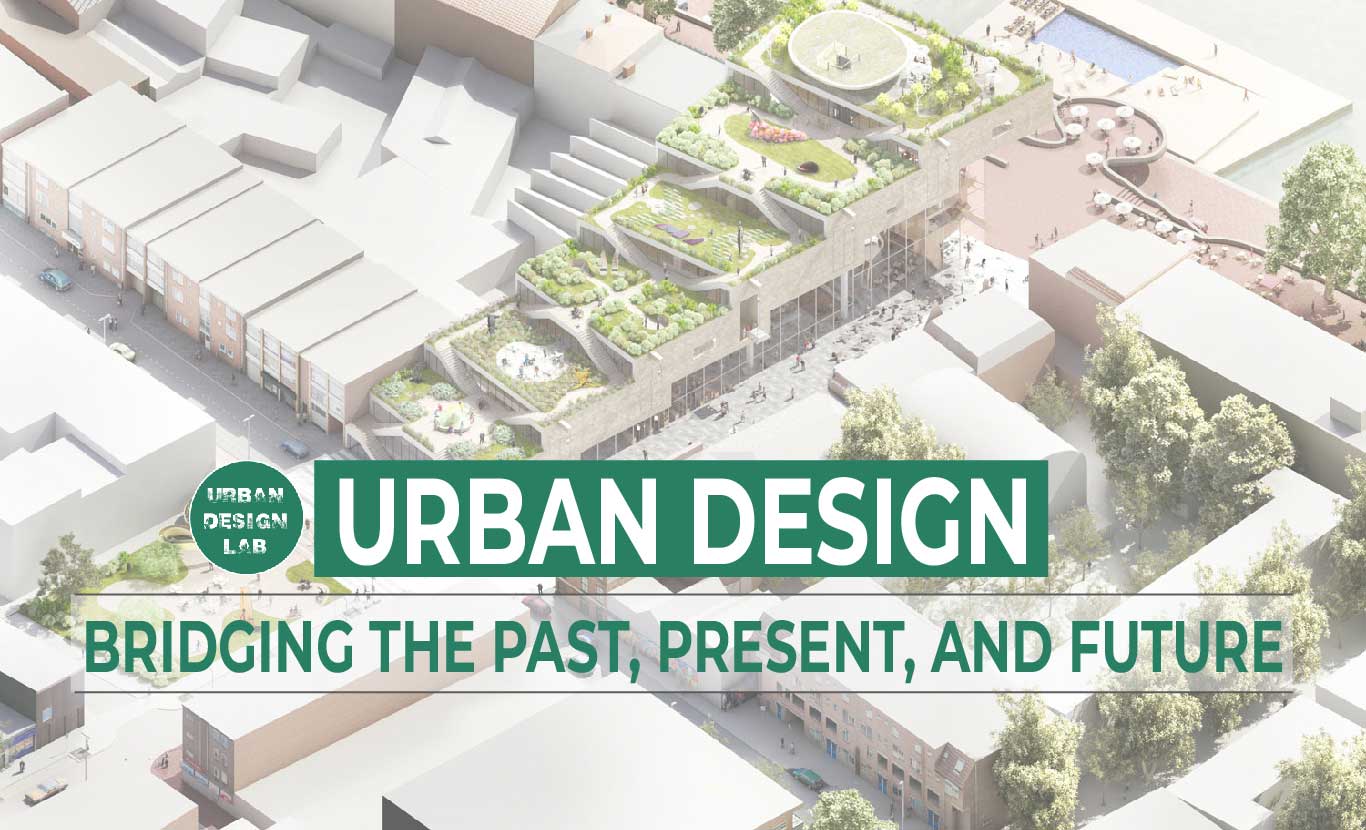
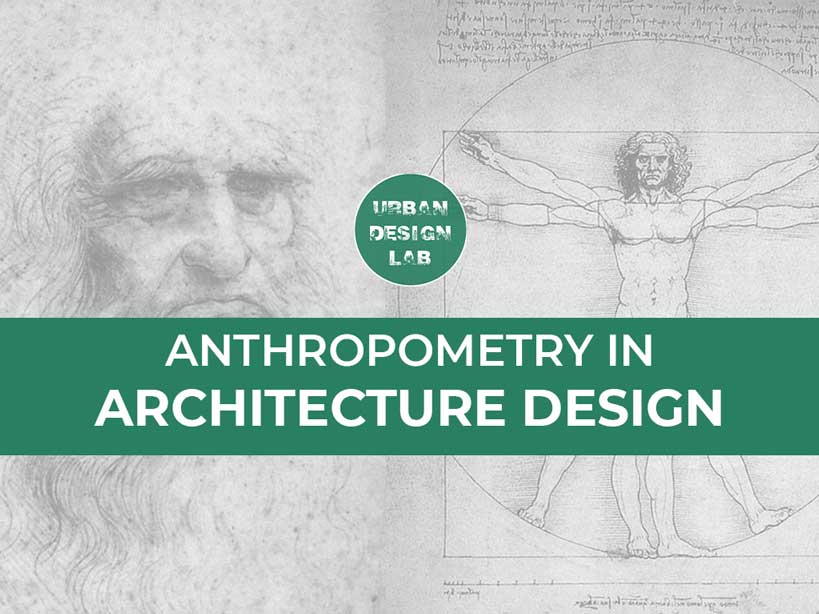
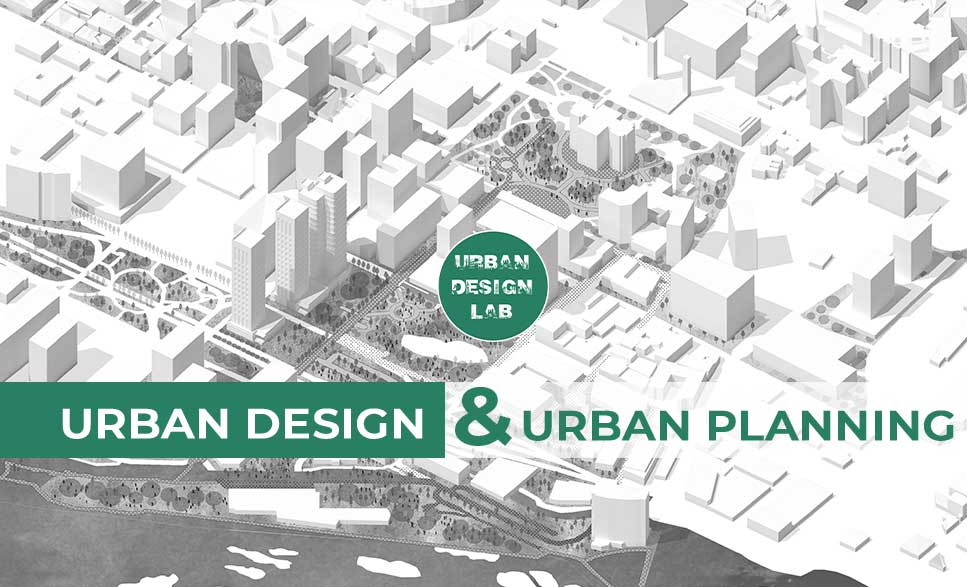
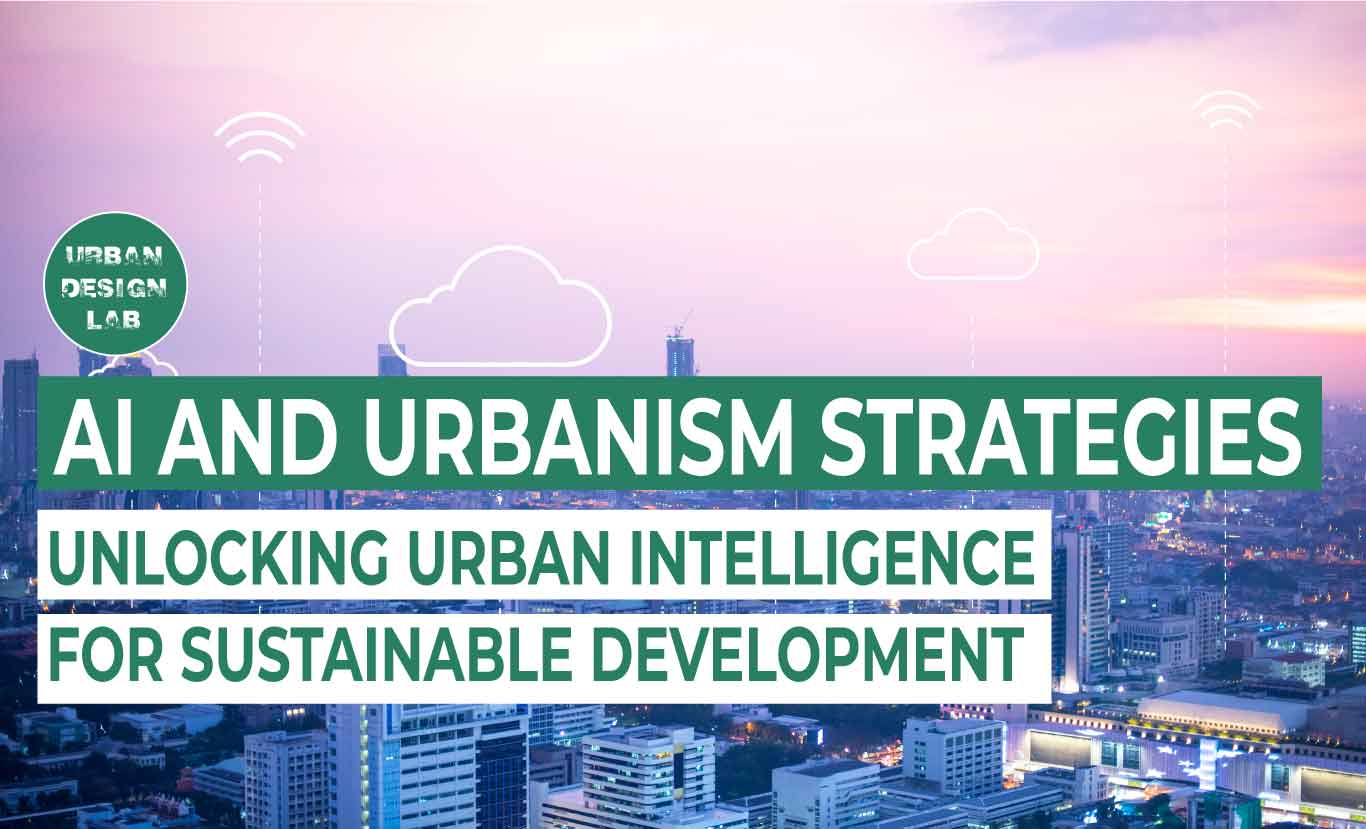
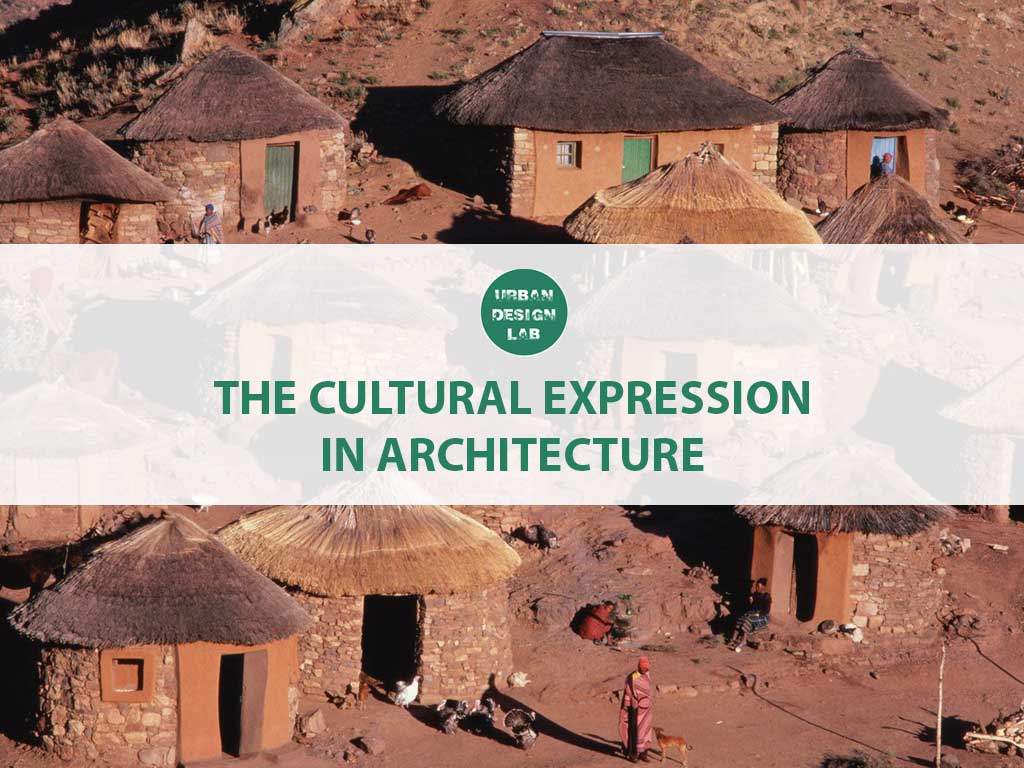
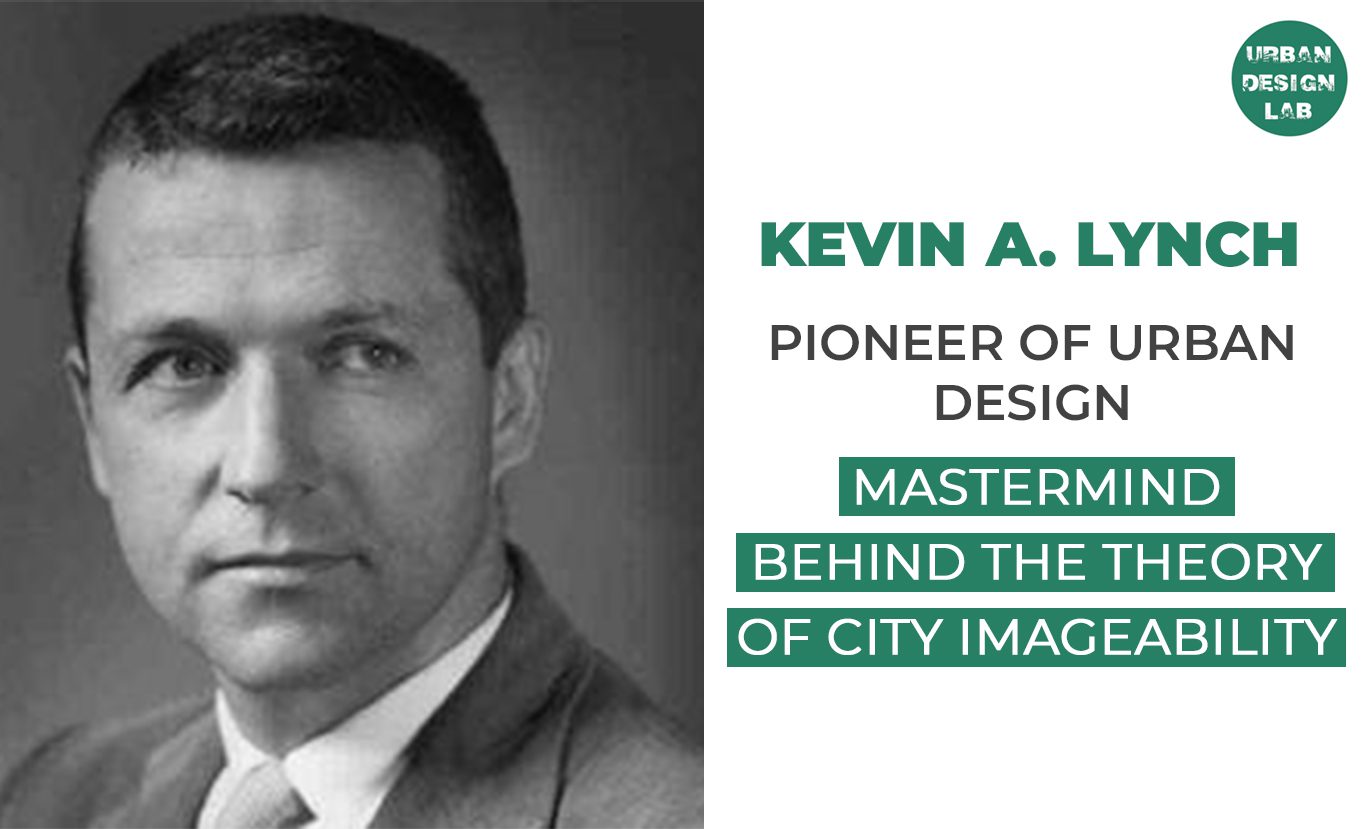



4 Comments
You clearly know your stuff. Great job on this article.
I learned something new today. Appreciate your work!
This post gave me a new perspective I hadn’t considered.
Thank you for the comments! I am glad that this article has provided you with useful information.